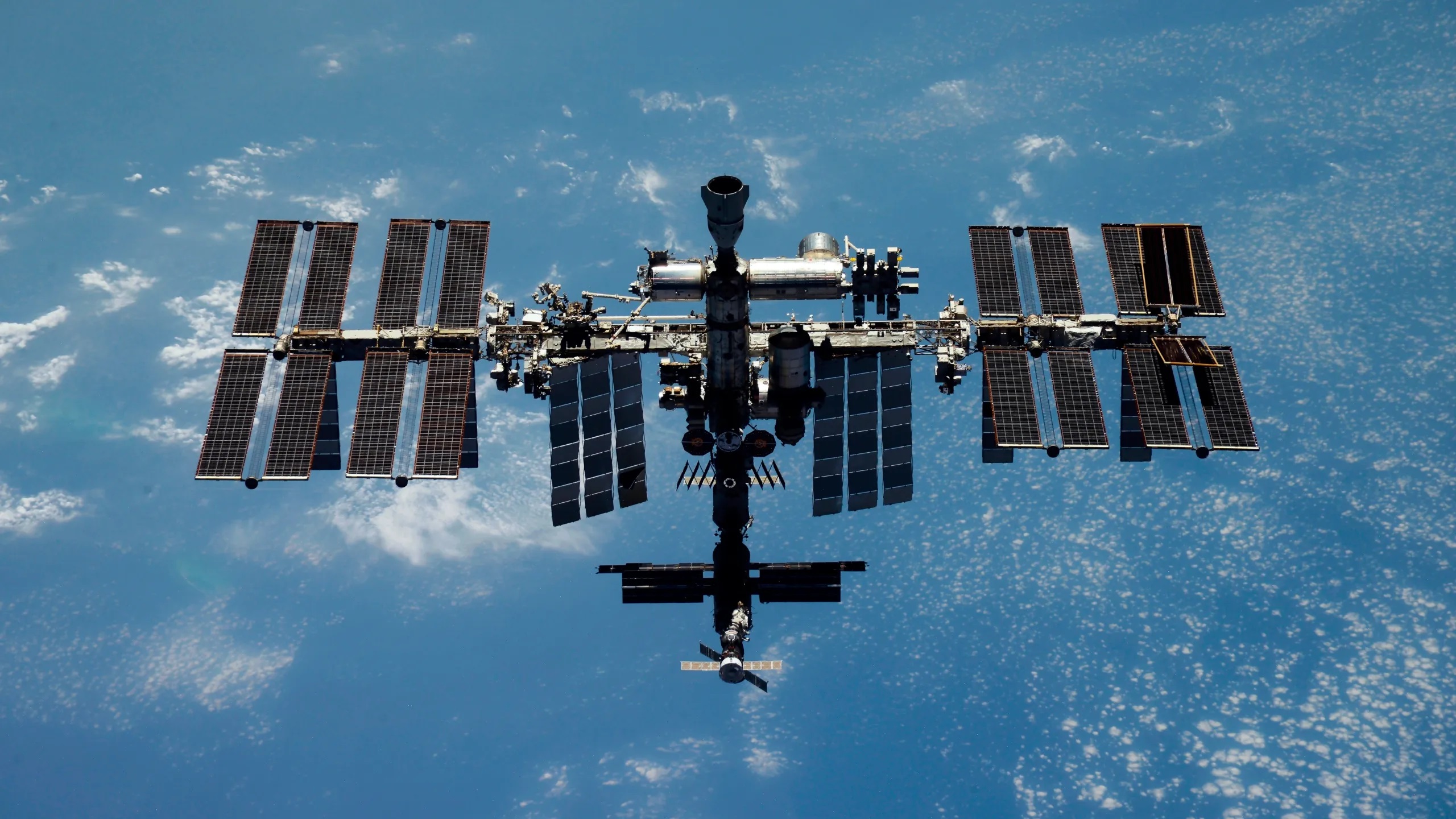
Recommendation to Evacuate the International Space Station Quickly: Why?
What’s Causing the Alarm?
Over the years, astronauts have worked tirelessly to maintain and repair the ISS. Routine inspections and fixes have kept the station functional, but recently, the occurrence of cracks has escalated significantly. In a recent inspection, around 50 cracks were identified, with four of them categorized as major. These cracks are not merely cosmetic; they are structural issues that could compromise the station’s ability to sustain life and keep astronauts safe.
Despite ongoing repairs by both NASA and the Russian space agency Roscosmos, these issues remain a growing concern. As the ISS orbits Earth at incredible speeds, even minor structural issues can quickly become life-threatening due to the stresses placed on the station.
Nick Pope’s Urgent Call for Evacuation
Nick Pope, a well-known figure for his work in governmental research, particularly in investigating UFO phenomena, has voiced his concerns regarding the ISS situation. He warned that NASA’s current approach of “waiting and observing” could result in a severe disaster, not only risking the lives of the astronauts but potentially damaging NASA’s reputation as well. Pope’s recommendation emphasizes speed—suggesting that a cautious approach could make matters worse.
Why Are These Cracks Dangerous?
While the ISS has been operational since 2000, it was not designed to last forever. As a modular structure assembled in space, the station has components from multiple countries and decades. The aging materials and high exposure to solar radiation, micrometeoroids, and orbital debris gradually weaken the structure. Cracks in critical areas could lead to depressurization, oxygen leaks, or other potentially deadly malfunctions.
These cracks may indicate underlying structural weaknesses that are difficult to identify and repair from within the station. With astronauts’ safety as the top priority, any defect or fracture on this scale requires immediate attention.
NASA and Roscosmos: Actions and Limitations
NASA and Roscosmos are collaborating on repair efforts, which include patching and reinforcing damaged sections. These efforts reflect the ISS’s importance as a research facility and an international symbol of cooperation. However, repairs are not always straightforward in space, where limited resources, time constraints, and safety protocols add complexity.
Both agencies understand the risks but are grappling with the unique challenges of performing structural repairs in orbit. Though they have acted quickly to address these issues, the extent of the damage may call for more extensive action.
The Future of ISS: What Comes Next?
The ISS is already scheduled for retirement by the end of this decade. However, the current situation may accelerate discussions about the station’s future. Some experts have proposed the construction of new space stations or the use of private facilities, while others advocate for extending the ISS’s lifespan with more substantial upgrades.
The ISS is a testament to human ingenuity, but its operational longevity is finite. While repair efforts may buy time, it is likely that NASA, Roscosmos, and other international space agencies will face difficult decisions about the station’s future sooner rather than later.
The recent findings of cracks and the recommendation to evacuate the ISS highlight the inevitable challenges of long-term space exploration. As our ambitions in space grow, so must our commitment to safety and maintenance standards for these structures.
For now, the world is watching to see how NASA and Roscosmos address this urgent issue. The hope is that, with swift action and cooperation, we can safeguard the astronauts and continue the legacy of the ISS as a hub for space research and discovery.